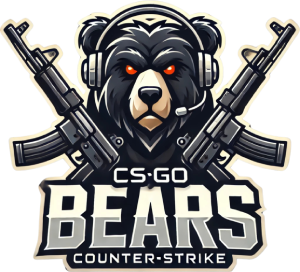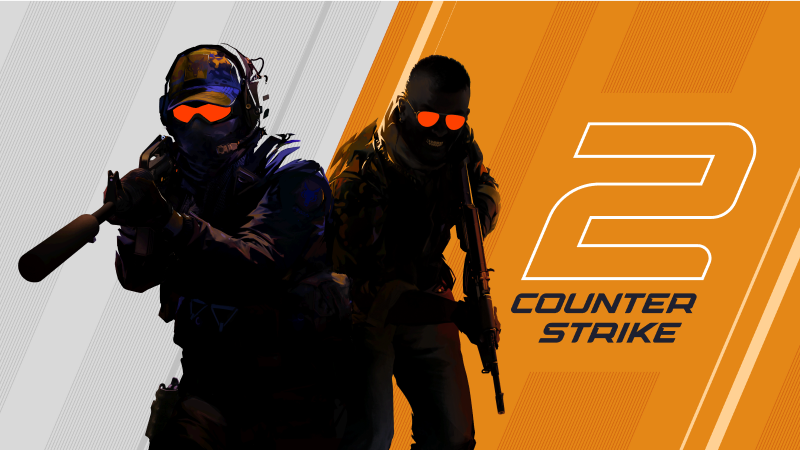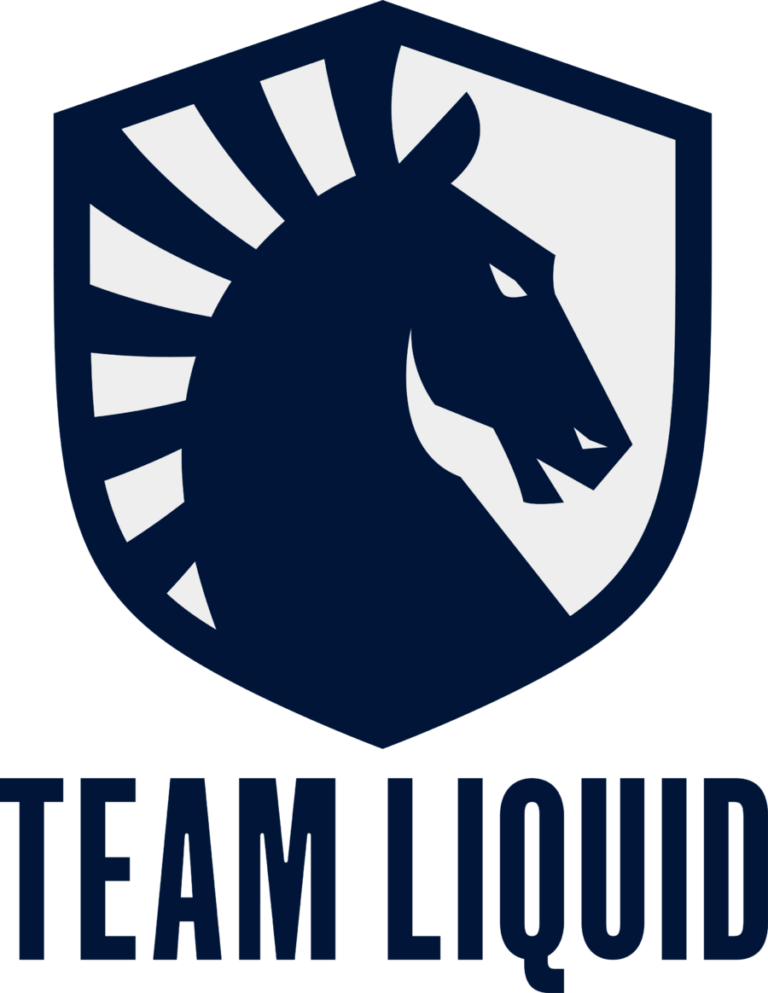With the latest CS2 updates, understanding how many rounds are in CS2 has become more important than ever. Whether you’re a newcomer curious about the match structure or a seasoned player looking to refine your tactics, the number of rounds—and their role in shaping gameplay—cannot be overlooked. Rounds dictate how matches unfold and how they are won, offering a balance of action, strategy, and teamwork.
This guide will break down the structure and importance of CS2 rounds, from the standard 24-round format to the dynamics of overtime and game modes. By the end, you’ll clearly understand how rounds work, why they matter, and how to leverage them to your advantage in every match. Let’s dive in.
Key Takeaways
CS2 matches are structured to ensure balance, excitement, and strategic depth. The standard match in the Competitive mode lasts a maximum of 24 rounds, with the first team to win 13 rounds emerging victorious. After 12 rounds, teams switch sides, playing both as Terrorists and Counter-Terrorists. In case of a 12-12 tie, overtime rules determine the winner.
Different game modes, such as Casual or Deathmatch, vary in round structures, catering to diverse preferences and skill levels. Understanding how rounds work in CS2 provides a competitive edge, helping players manage resources, outsmart opponents, and climb the ranks.
How Many Rounds Per Match?
A competitive match in CS2 can last up to 24 rounds and is divided into two halves. Each half consists of 12 rounds, during which teams play either as Terrorists (Ts) or Counter-Terrorists (CTs). After the first half, teams switch sides.
Here’s a quick breakdown:
- First Half: 12 rounds, with one team starting as Ts and the other as CTs.
- Second Half: Another 12 rounds, with roles reversed.
The game ends when one team wins 13 rounds, ensuring a majority. If neither team secures 13 wins, and the score is tied at 12-12, the match proceeds to overtime with the additional 6 rounds.
This system, commonly called “best-of-24”, balances fairness and competitiveness. Both teams get equal opportunities to leverage their strengths as Ts or CTs.
Why Rounds Matter
In CS2, each round serves as a pivotal moment in determining the outcome of a match. Rounds dictate the pacing, strategy, and momentum, making them far more significant than checkpoints and mastering how rounds work is an essential part of how to play CS2 effectively.
Winning or losing a round has a ripple effect, influencing team morale, resource allocation, and future gameplay decisions. A victorious round rewards the team with better weapons, armor, and utilities, giving them an upper hand in subsequent rounds. Conversely, losing a round may force a team to economize, adopting a more defensive approach.
Beyond the material impact, rounds also shape the psychological dynamics between teams. Stringing together consecutive wins can break the opponent’s confidence, while a few tactical losses can serve as valuable learning opportunities. Each round is a chance to outmaneuver opponents, adapt strategies, and seize control of the match. Much like a chess game where every move counts, CS2 rounds require meticulous planning and sharp execution.
How Many Rounds to Win in CS2?
A standard competitive CS2 match requires a team to win 13 rounds to claim victory. This system often called the best-of-24 format, ensures that both teams have ample opportunities to showcase their skills and strategies. With a maximum of 24 rounds in a match, the structure provides a balanced challenge for teams to prove their superiority.
The match is divided into two halves of 12 rounds each. Teams start on either the Terrorist or Counter-Terrorist side and switch sides at halftime. This change allows both teams to experience each side’s unique challenges and advantages. If neither team reaches the 13-round mark and the match ends in a 12-12 tie, the game proceeds to overtime, where the stakes are even higher.
Overtime Rules
Overtime occurs when a competitive match ends in a 12-12 tie. This tiebreaker system ensures a fair conclusion to the game while maintaining the intensity of the competition. In overtime, teams play an additional six rounds—three rounds on each side—with a heightened emphasis on strategic planning and execution.
Players start overtime to level the playing field. Additional funds enable full purchases of weapons and utilities. The first team to win four rounds in overtime secures the victory. If the score remains tied after the initial overtime, subsequent rounds are added until a clear winner emerges. Overtime elevates the competitive experience, turning every decision into a potential match-winning moment.
Game Modes Overview
CS2 caters to players of all skill levels by offering a variety of game modes, each with its round structure and objectives. Competitive mode, the hallmark of CS2, adheres to the classic 24-round format, requiring teams to secure 13 wins. This mode emphasizes teamwork, strategy, and high-stakes gameplay, making it the ultimate test for serious players.
Casual mode, on the other hand, offers a more relaxed experience with fewer rounds and less stringent rules. It’s an excellent option for players looking to enjoy the game without the pressure of ranking or lengthy commitments. In contrast, Deathmatch mode abandons the round-based structure entirely, focusing instead on fast-paced, reflex-driven action where players continuously respawn to hone their aiming and combat skills.
Conclusion
Rounds are the heartbeat of CS2, shaping the pace and intensity of every match. From the strategic depth of competitive matches to the adrenaline-fueled chaos of casual modes, understanding the game’s round structure gives players an undeniable edge. It’s also a crucial step in mastering how to get ranked in CS2, as consistent performance in rounds is key to climbing the competitive ladder.
By mastering the mechanics of rounds—whether it’s managing your economy, exploiting tactical opportunities, or adapting to overtime scenarios—you can elevate your performance and truly dominate the battlefield. CS2 isn’t just about shooting; it’s about thinking, planning, and working as a team. Dive in, embrace the challenge, and let each round bring you closer to greatness.












